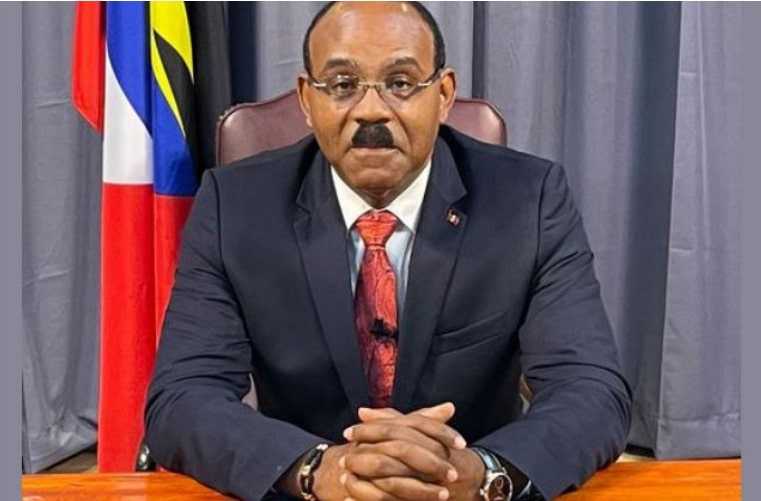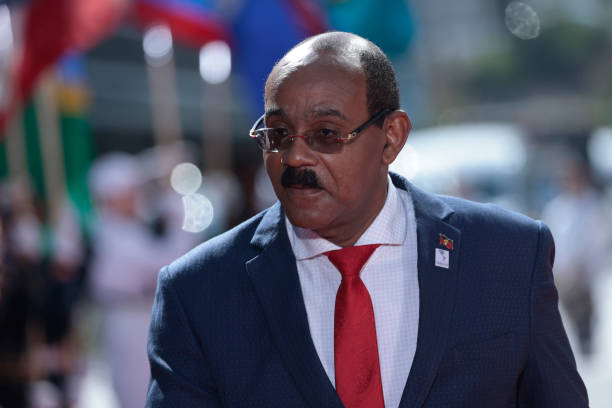The 50th anniversary of the creation of the Caribbean Community (CARICOM) is
by itself, a signal achievement for the Organization, its member states, and their
peoples.
However, while we celebrate this CARICOM milestone, we should recall that the
establishment of the Organization was a further step along a journey of regional
integration whose foundation was laid much earlier.
Eight years before, at Dickenson Bay in Antigua, in 1965, three visionary leaders
from Antigua, Barbados, and Guyana, joined together to rekindle a fire for regional
togetherness from the still burning ashes of the West Indian Federation, which
collapsed three years before in 1962.
But even that 1962 collapse was not a rejection by the people of the Caribbean of
the desire for integration and a closer union.
Indeed, the intellectual underpinnings and instinctive desire for integration had
permeated the thinking of Caribbean people as early as the 1930s, finding form and
substance in 1947, when the Closer Union Committee and the Regional Economic
Committee were founded to pursue joint independence from Britain and a single
Caribbean nation.
At every point, in our history, the salvation of our region’s disparate territories has
always resided in the vision of an economically integrated area, devoid of borders
and open to the people of the Caribbean region and to their goods and services.
The purpose was – and remains – a region united and strong; a region reflective of
the one identity of the Caribbean people; and a region that, in the expression of its
creativity and innovation, is respected in the world.
Along the way, events have occurred that deflected succeeding generations from
achieving that ultimate goal of a perfect union.
Thus, there have been stumbles and falls, but always there has been resurrection,
reaffirmation, and recommencement.
We have built many institutions since 1947 – many have endured severe tests of
insularity and tugs of nationality to stand as monuments to what Caribbean people
can do when they act together.
The Caribbean Community in its 50 th year is a symbol for particular pride, but so
too is the enduring University of the West Indies, now with four landed campuses,
providing high-quality education to our people; the Caribbean Disaster Emergency
Management Agency which serves us all at times of disaster; the Caribbean
Implementation Agency for Crime and Security that helps us collectively, to curb
organized crime; the Caribbean Court of Justice with its high quality of
Jurisprudence, although some of our jurisdictions have yet to overcome the
colonial mindset that they will not admit; and, yes, the West Indies Cricket Team
which for decades, when other institutions faltered, continued to be a source of
pride – a pride that can and must be restored.
Therefore, this 50th anniversary of CARICOM should not be divorced from its
place in the continuum of the Caribbean striving for the betterment, upliftment, and
development of the Caribbean region and its people.
CARICOM has been a vital vehicle for the deepening of Caribbean integration,
and it must continue to be the chariot that we will ride to greater goals in regional
transportation – by both air and sea- which are imperative for bonding our one
Caribbean homeland.
It must also be the machinery by which we achieve food security; climate security;
and the empowerment of all our people by tearing down the barriers to their
growth and prosperity, through the creation of a Single Market and Economy.
CARICOM at 50, is cause for celebration and an inspiration to achieve full
political union during its next 50 years.
It must also be cause for inspiring us to achieve our one Caribbean nation, in which
lies the salvation of all; as one people, with a common destiny.
Work remains to be done; let us strengthen our commitment to achieving a robust,
resilient, and sustainable integration movement that will improve the living
standards and self-actualization objectives of all.
Thank you.



